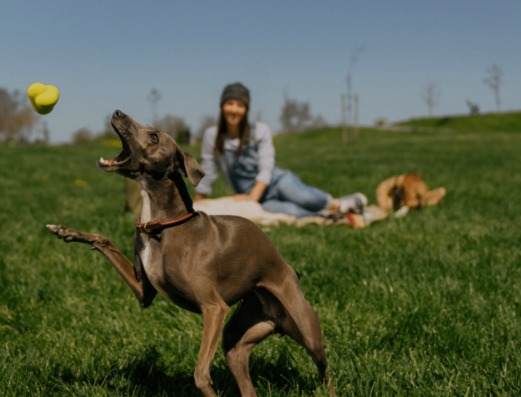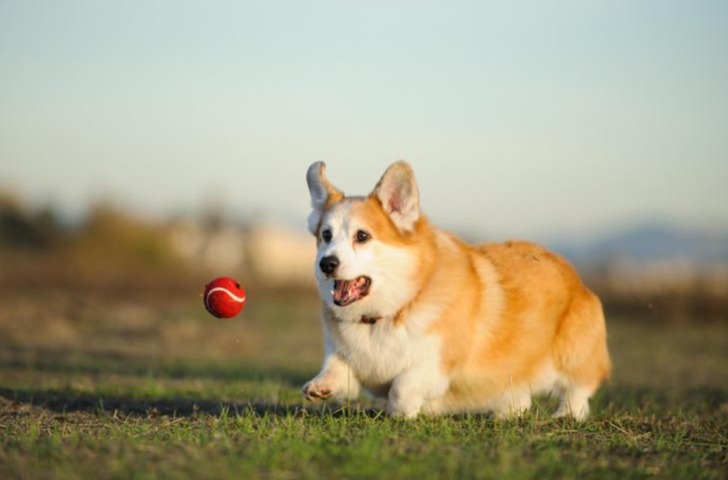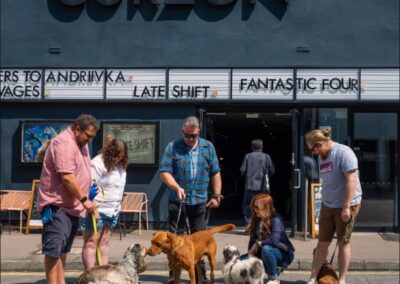
You’ve seen the scenes: your dog staring at you blankly as you toss the toy … again. No leap, no dash, no triumphant return with tail wagging. It’s frustrating.
You want a companion who’ll chase, fetch and bring that toy back like a pro. Well, good news: this game can be taught—even if it doesn’t come naturally to your dog.
According to an article, fetch might look instinctive for retrievers, but for many dogs it’s totally foreign.
Picture this: A toy in your hand. A dog on the floor. You sit down, the dog faces you. That’s where you begin. The very first step is teaching your dog to hold the toy.
Offer the toy with your palm out. When the dog sniffs, show interest, mouth the toy—reward it.
Then gradually increase the time the dog holds the toy before you click or praise or treat. That pause—just a second or two—is the magic moment.
Train it slowly. Build trust. Build understanding.
Once your dog enjoys holding the toy, you shift gear: it’s time to fetch.
You ask the dog to hold the toy, then name a cue like “get it” or “fetch,” put the toy on the floor just ahead of you.
Over time you push the toy further away, and eventually you throw.
The point is to break the task down into little bits so your dog wins early and often. Success breeds success.
Here’s the thing: fetch isn’t only about the throw and return. It’s about understanding.
The dog must connect the toy, your cue, the movement, the pickup and the delivery.
Without that structure it’s confusing. With structure it becomes fun. With fun it becomes a game your dog looks forward to, not one you force.

Maybe you’ve tried fetch and your dog watched the toy go by, shrugged and walked away. Or grabbed it and ran off with it like it’s their prize.
That’s okay. What the piece reminds us is that the behavior has to be taught. Some dogs just don’t “get” it until we show them.
It’s on you to demonstrate and reward.
So let’s talk about shaping that behavior. Grab a handful of high-value treats. Have a variety of toys—balls, plush toys, rope toys.
Some dogs prefer plush. Some chase balls like their life depends on it. See what clicks. Use a clicker if you have one. Reward often.
Keep sessions short and upbeat. End before your dog loses interest.
Don’t force a long session with a bored or frustrated dog. Ask for small wins. Then stop. Praise, pet, treat.
Let your dog think: “That was awesome. When’s next time?” You’re building a positive loop: toy + cue + movement + return + treat = win.
And don’t worry if you skip steps and try to throw immediately—some dogs will fetch, fine. But many won’t. Patience wins here.
Build the “hold” first. Don’t rush. The article puts it plainly: many dogs just don’t know what to do with a toy—even if they’re healthy and playful.
Let me tell you: when it clicks, it changes everything.
You go from tossing a toy in silence to watching your dog launch off the couch, sprint across the yard, snatch the toy in mid-air, turn back, ears flapping, eyes bright, shoes squeaking on pavement behind them, and then drop it at your feet with a look that says: “Again! Do it again!”
That’s the moment you know your work paid off.
Beyond the fun, fetch teaches so much. Impulse control. Obedience. Focus. Recall. All wrapped in an energetic, joyful game.
That means when other situations come—sit-stay, come-here, leave-it—you’ve built a foundation. So you’re not just playing; you’re training while you’re playing. Smart. Efficient. Effective.
Here’s your plan: start today. Pick a toy. Pick a quiet space. Sit with your dog facing you. Start the “hold” game. Reward every interaction.
Increase the criteria slowly. When you have two seconds of hold, cue “hold.” Then place the toy on the floor. Cue “get it” or “fetch.”
Shuffle it slightly further each time. Then eventually throw. Always reward the return. Always make the return good.
And when your dog brings that toy back with a grin and a wag, celebrate.
Your voice, your stance, your reward all tell your dog: “That was perfect. Let’s do it again.” Behaviour that gets rewarded, gets repeated.

You might ask: what happens if my dog picks up the toy but won’t bring it back? You go back a step: reward for any interest or pickup.
Then reward for pick up + moving. Then pick up + moving toward you. Then delivery. Always break it into manageable steps.
Don’t assume they already know what “fetch” means. Not every dog does.
So here’s the bottom line: fetch is trainable. It doesn’t matter if your dog’s breed is “not built for it” or if they “never played before.”
With patience, structure, toys and treats, you can teach them. The AKC article nails it: for many dogs it’s entirely foreign—but entirely attainable.
Your dog can learn to fetch. You, your voice, your consistency make the difference. Toss that toy. Watch the wings of possibility open.
And in a few weeks, maybe fewer, you’ll be the one asking: “Want to go again?” And your dog will answer before you finish the word.
Because they know the game. They love the game. You taught them the game.
Now get out there. Start the game. Make it simple. Make it fun. Make it yours.



